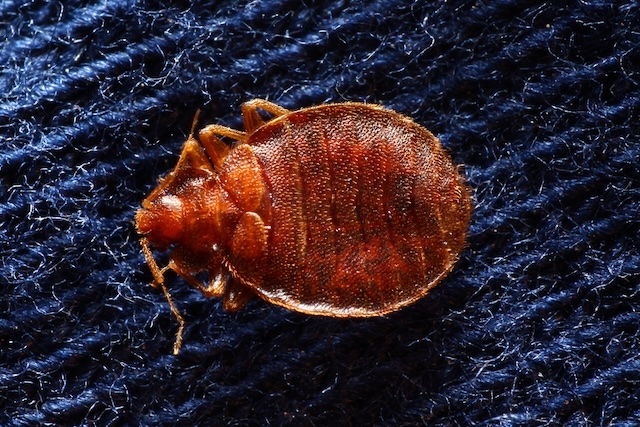Having to deal with bed bugs is something that no person wants to do. Getting rid of these sneaky pests requires a well-thought-out plan. We’ll look into the science behind the different ways to treat bed bugs in this guide, which will help people who want to get their homes back.
1. Treatments with chemicals:
Chemical treatments are a popular way to get rid of bed bugs, and they usually work. They involve using pesticides that are made to kill these particular bugs. According to science, chemical solutions work by messing up the bed bugs’ nervous system, which stops them from moving and kills them. Even though these treatments work, it’s important to follow safety rules and have pros do them.
**2. Treatment with heat:
Heat treatment is becoming more popular as an option to chemicals for getting rid of bed bugs. This method is based on simple but strong science. Extreme temperatures are too hot or too cold for bed bugs and their eggs to live. Professional pest control experts use special tools to raise the temperature in places where bed bugs are living, killing them at all stages of their lives. This method is good because it gets into places where bed bugs hide, like cracks and openings.
Note 3: Cryonite Freezing:
Cryonite freezing is a new method for getting rid of bed bugs that uses the power of very cold temperatures. It involves putting out carbon dioxide in the form of “dry ice” snow, which freezes bed bugs quickly and kills them on contact. This method is based on two pieces of science: the bugs die when it freezes, and their cells get damaged beyond repair when the temperature changes quickly.
**4. Treatment with steam:
Steam treatment uses the power of steam at high temperatures to get rid of bed bugs. The science behind this is that the heat gets into the fabrics and cracks where bed bugs hide. The steam kills bed bugs right away and makes surfaces germ-free. Since this method doesn’t use chemicals and is good for the environment, some people like it better.
5. Treatments that are natural or organic:
Natural or organic treatments are a choice for people who are worried about being exposed to chemicals. Essential oils, such as tea tree oil, neem oil, and diatomaceous earth, are known to keep bed bugs away. The scientific part is about how these chemicals mess up the bed bug’s shell and breathing system. In some cases, natural methods are safer than other options, but they may take longer to work.
Also known as Integrated Pest Management (IPM),
When trying to get rid of bed bugs, Integrated Pest Management takes a holistic approach that uses different methods. The idea behind IPM is to make a place where bed bugs can’t live and grow. This includes using a mix of chemical treatments, physical methods, and constant tracking to keep the infestation from happening again.
Homeowners who want effective and long-lasting answers must understand the science behind the different ways to treat bed bugs. There are different ways to get rid of bed bugs, and the one you choose will rely on things like how bad the infestation is, your personal preferences, and environmental concerns. Talking to a professional pest control service will help you figure out which way will work best for your situation, making sure you win the battle against these persistent pests.
